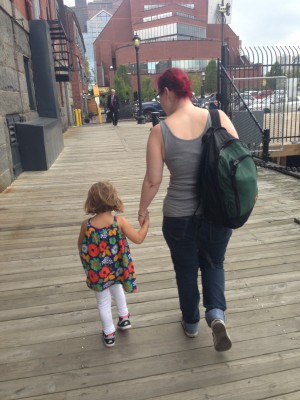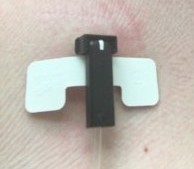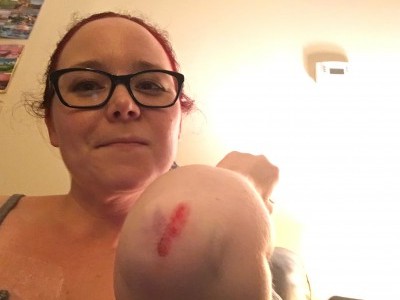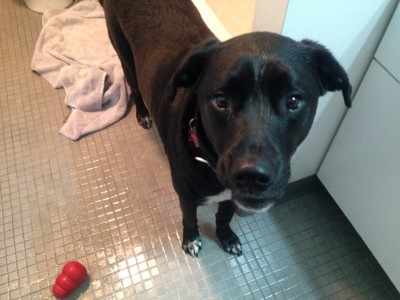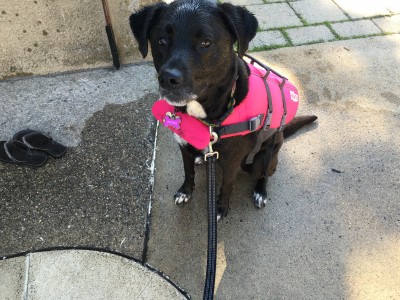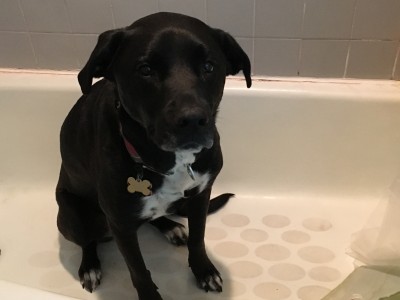The Provider Primers Series: Introduction to Mast Cells
Mast cells : Introduction
- Mast cells are bone marrow derived. They migrate to tissues before maturity and remain tissue bound.[i]
- Mast cell development in tissues is regulated by a number of molecules, most significantly stem cell factor (SCF) which binds at the CKIT (CD117) receptor. A number of other molecules, including IL-3, IL-4 and IL-10, also participate in this process.[ii]
- Mast cells are long lived, with some living for years in tissue.[ii]
- Mast cells are versatile actors. Their functions and granule contents are tailored to the needs of the local microenvironment.[iii]
- Mast cells perform a number of critical roles, including immune defense against microbes and larger parasites; clotting; wound repair; tissue remodeling; angiogenesis; regulation of reproductive cycle; digestion and GI motility; pain response; participation in stress response via interaction with HPA axis; inflammatory response; and regulation of sleep and some aspects of cognition.[iv]
- Mast cells produce a multitude of mediators which are stored in granules or produced de novo. Stored mediators of consequence include histamine; tryptase; heparin; bradykinin; serotonin; and substance P. De novo mediators include prostaglandin D2; leukotrienes C4, D4, and E4; platelet activating factor; tumor necrosis factor; interferons; and a number of interleukins, including IL-1a, IL-1b and IL-6, among many others. [iii]
Mast cell involvement in disease
- Mast cells are involved in the pathology of many conditions, including asthma[iv]; autoimmune diseases[iv]; GI dysmotility, including post-operative ileus[v]; cardiovascular events[iv], such as myocardial infarction, rupture of atherosclerotic plaques or aneurysms, and coronary syndromes, including Kounis syndrome[vi]; cardiovascular disease; malignant and neoplastic [iv]; chronic kidney disease[iv]; cutaneous conditions[iv], including many forms of urticaria; depression and anxiety; and chronic pain[vii].
- Mast cells are effectors in all mast cell diseases.
- Most famously, mast cells are involved in allergy and anaphylaxis.[viii]
Mechanisms of mast cell activation
- Mast cells are primarily activated via IgE crosslinking at the FcεRI receptor. This is the mechanism for the classic allergy model in which specific IgE binds the target allergen and crosslinks at the FcεRI receptor on the surface of mast cells and basophils. In this traditional model, crosslinking causes immediate degranulation of stored mediators and late phase release of mediators produced de novo upon activation[viii].
- There are several other mechanisms for direct mast cell activation that are independent of IgE.
- A number of inflammatory molecules can directly activate mast cells by binding surface receptors including corticotropin releasing hormone; substance P; histamine; cysteinyl leukotrienes; adenosine; stem cell factor; IL-3; IL-4; IL-9; and IL-33, among others[ix].
- Substances associated with immune defense and infection can directly activate mast cells. Products derived from pathogens can activate via toll like receptors (TLR2 and TLR4), Dectin-1 or CD48. Host production of β-defensins and complement C3a and C5a can also provoke mast cell activation[ix].
- IgG can bind at FcγR receptors on mast cell surfaces. Immunoglobulin free light chains have triggered degranulation in murine models but this has not yet been demonstrated in humans[ix].
Definition of anaphylaxis
- The definition of anaphylaxis continues to be disputed. The 2006 NIAID/FAAN criteria detailed below have been validated and are widely used.[x]
- Anaphylaxis is likely when any one of the following three criteria is met:
- Criterion 1: Acute onset of illness with skin and mucosal issue involvement (hives, itching, flushing, swelling of lips/tongue/uvula) with at least one of the following: compromised airway (difficulty breathing, wheezing, low blood oxygenation); or reduced blood pressure or symptoms thereof (fainting, incontinence.)
- Criterion 2: Two or more of the following occurring after exposure to a likely allergen: skin or mucosal tissue involvement (hives, itching, flushing, swollen lips/tongue/uvula), compromised airway (difficulty breathing, wheezing, low blood oxygenation); reduced blood pressure or symptoms thereof (fainting, incontinence); or persistent GI symptoms (cramping, abdominal pain, vomiting).
- Criterion 3: Reduced blood pressure after exposure to known allergen. For adults, this is <90 mm Hg systolic, or at least 30% decrease from baseline. For children under 1 year of age, this is <70 mm Hg systolic; ages 11-17, <90 mm Hg systolic. For children 1-10 years of age, this is <(70 mm Hg + (2x age)). So for a child who is 8 years old, this would be <(70 + (2 x 8)) = <86 mm Hg.
References:
[i] Dahlin JS, Hallgren J. (2015). Mast cell progenitors: origin, development and migration to tissues. Molecular Immunology 63, 9-17.
[ii] Amin K. (2012). The role of mast cells in allergic inflammation. Respiratory Medicine, 106, 9-14.
[iii] Theoharides TC, et al. (2012). Mast cells and inflammation. Biochimica et Biophysica Acta (BBA) – Molecular Basis of Disease, 1822(1), 21-33.
[iv] Rao KN, Brown MA. (2008). Mast cells: multifaceted immune cells with diverse roles in health and disease. Ann NY Acad Sci, 1143, 83-104.
[v] De Winter, BY. (2012). Intestinal mast cells in gut inflammation and motility disturbances. Biochimica et Biophysica Acta, 1822, 66-73.
[vi] Kounis NG. (2016). Kounis syndrome: an update on epidemiology, pathogenesis, diagnosis and therapeutic management. Clin Chem Lab Med, 54(10), 1545-1559.
[vii] Chatterjea D, Martinov T. (2015). Mast cells: versatile gatekeepers of pain. Mol Immunol, 63(1), 38-44.
[viii] Galli SJ, Tsai M. (2013). IgE and mast cells in allergic disease. Nat Med, 18(5), 693-704.
[ix] Yu Y, et al. (2016). Non-IgE mediated mast cell activation. European Journal of Pharmacology 778, 33-43.
[x] Sampson HA, et al. (2006). Second symposium on the definition and management of anaphylaxis: summary report—Second National Institute of Allergy and Infectious Disease/Food Allergy and Anaphylaxis Network symposium. J Allergy Clin Immunol, 117(2), 391-397.
